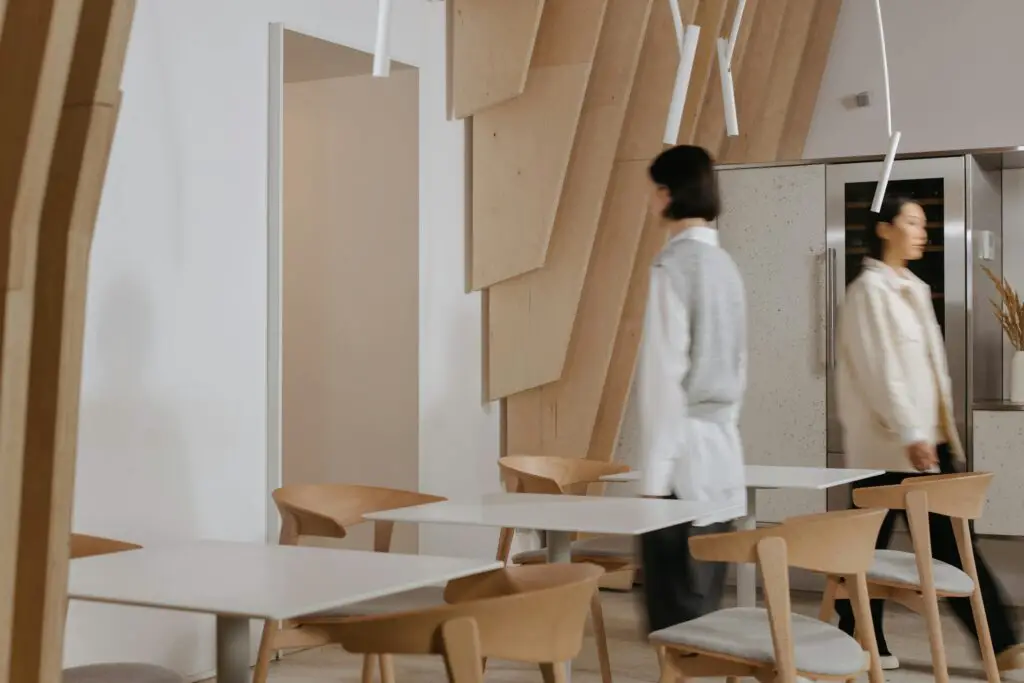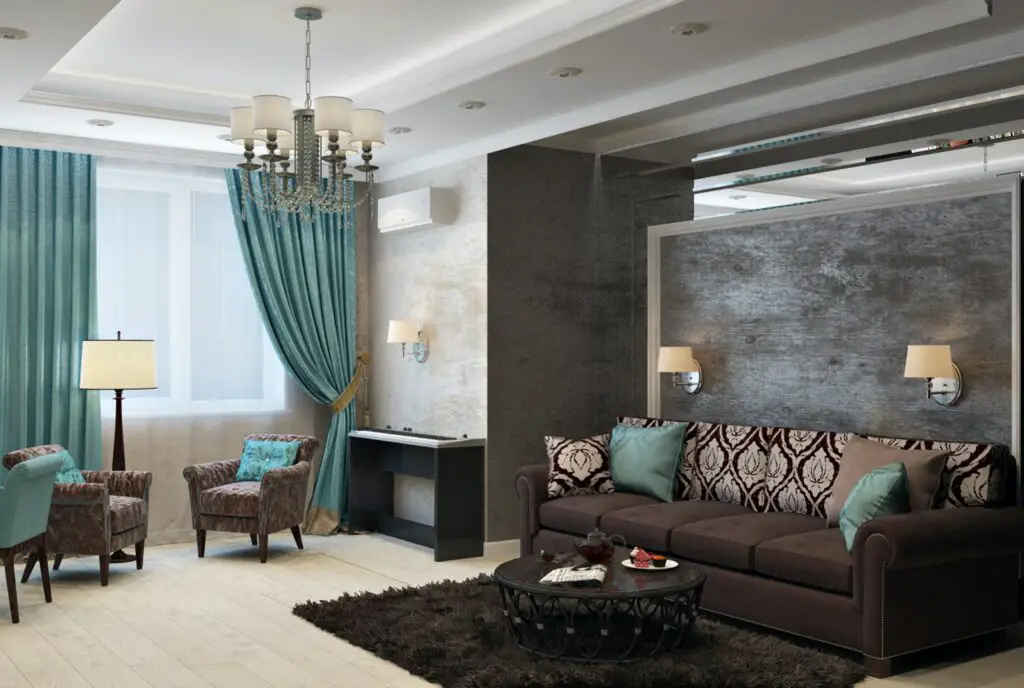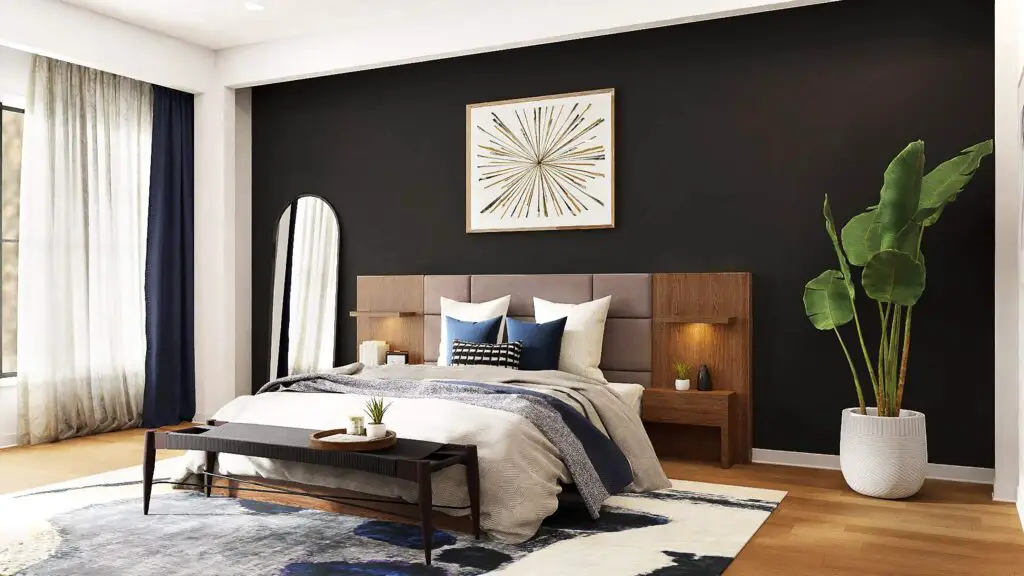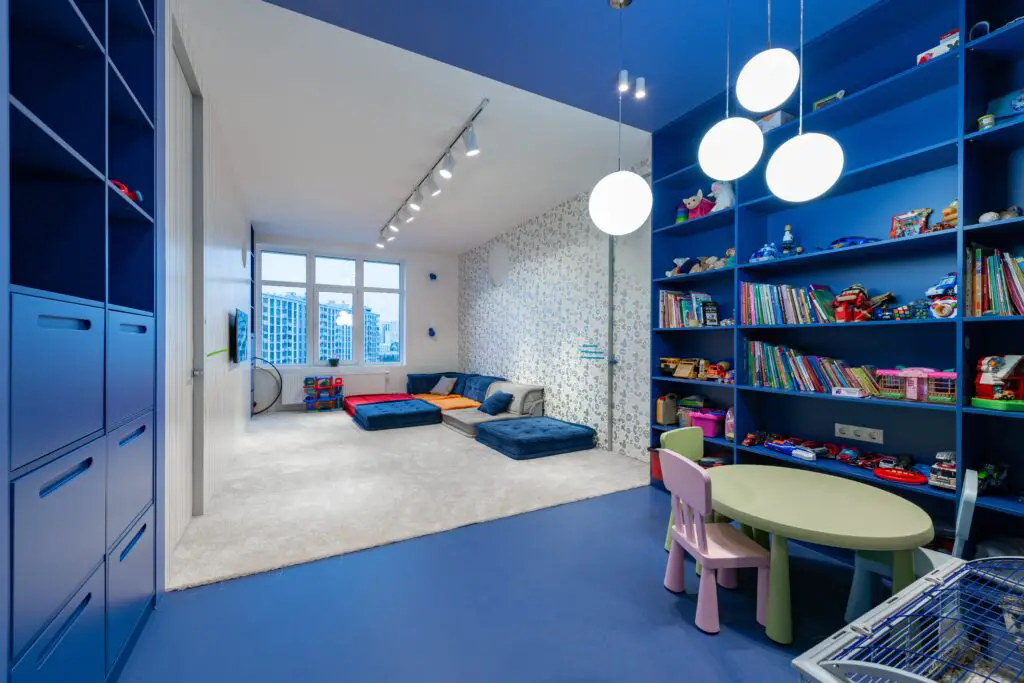In a world that often celebrates perfection and precision, there’s a profound beauty in embracing imperfections. This beauty finds its expression in the Japanese philosophy of Wabi-Sabi, a concept that has deeply influenced art, design, and the way we perceive the world around us.
In this comprehensive guide, we delve into the enchanting beauty of Wabi-Sabi and explore how you can incorporate its principles into your decor. From understanding its philosophy to applying it in different rooms, this journey will not only transform your living space but also foster a profound sense of serenity and appreciation for the imperfect and the transient.
What is Wabi-Sabi?
Wabi-sabi finds its roots in ancient Japanese aesthetics, with “wabi” referring to simplicity, humility, and a connection to nature and “sabi” representing the beauty of the impermanent, the aged, and the weathered. This philosophy encourages us to see beauty in the irregular, the rustic, and the natural and to embrace the transience of all things.
At the core of Wabi-Sabi are several key principles that guide its aesthetics. These include the appreciation of asymmetry, the celebration of simplicity, and the acknowledgment of the passing of time. By embracing these principles, you’ll discover a new way of seeing the world, one that revels in the understated and the unrefined.
Incorporating Wabi-Sabi Elements
1. Choosing Natural and Unrefined Materials
Wabi-Sabi decor starts with the selection of materials that reflect the beauty of imperfection. Natural materials like wood, stone, and clay take center stage. These materials often exhibit irregularities and variations, which only enhance their charm. Choose furnishings and decor items crafted from these materials to infuse your space with the essence of Wabi-Sabi.
2. Celebrating Asymmetry and Simplicity
The pursuit of symmetry and perfection is set aside in favor of asymmetry and simplicity. Wabi-sabi decor welcomes irregular shapes, uneven textures, and the absence of unnecessary embellishments. Each element in your space should have a purpose and a story, contributing to an overall sense of authenticity and harmony.
Embracing the Wabi-Sabi Color Palette
1. Earthy and Muted Tones
The color palette of Wabi-Sabi is grounded in earthy and muted tones. Think of soft grays, warm browns, and muted greens. These colors connect your decor to the natural world and create a soothing, calming atmosphere.
2. Connection to Nature Through Color
Wabi-sabi decor seeks to establish a deep connection to nature through color. The chosen hues evoke the seasons, the elements, and the landscapes of the natural world. By using these colors thoughtfully, you can bring the outside in and create a sense of tranquility.
Wabi-Sabi in Different Rooms
Wabi-Sabi is a versatile philosophy that can be applied to various rooms in your home. Here’s how to incorporate its essence into different spaces:
1. Living Room and Common Areas
In your living room, opt for natural, unadorned furniture, and embrace the allure of simplicity. Consider handcrafted items and textiles that carry the mark of the artisan’s hand. Create a sense of balance with asymmetrical arrangements and muted color palettes that evoke the changing seasons.
2. Bedroom and Relaxation Spaces
Transform your bedroom into a serene sanctuary by choosing soft, muted colors and natural, unrefined materials for your furnishings. Incorporate textiles like linen and wool for their tactile qualities and embrace the beauty of well-worn, weathered items that tell a story.
3. Kitchen and Dining Areas
In your kitchen and dining areas, focus on functional simplicity. Choose handmade ceramics and wooden utensils that celebrate the imperfections of the craft. Allow your space to evolve with time, welcoming the patina of aged materials and embracing the transient nature of culinary creations.
4. Bathroom and Spa-Like Environments
In your bathroom, create a spa-like oasis by selecting natural stone tiles and wooden elements. Let the design focus on functionality and simplicity, with minimalistic fixtures and soothing earthy tones. The bathroom becomes a place of reflection and rejuvenation.
5. Outdoor and Garden Spaces
Extend the principles of Wabi-Sabi to your outdoor spaces by incorporating natural landscaping elements, such as weathered stone pathways, moss-covered rocks, and native plants. Embrace the changing seasons and the imperfections that come with time, allowing your garden to evolve gracefully.
6. Handcrafted and Artisanal Decor
A significant aspect of Wabi-Sabi decor is the appreciation of craftsmanship and the support of local artisans. Seek out handcrafted and artisanal decor items that carry the unique touch of their creators. These pieces often exhibit irregularities and variations, making them perfect additions to your Wabi-Sabi-inspired space.
By supporting local artisans, you not only bring authenticity to your decor but also contribute to the preservation of traditional craftsmanship.
Practical Tips for Embracing Wabi-Sabi
1. Decluttering and Simplifying Your Space
Wabi-Sabi encourages a mindful approach to your living space. Begin by decluttering and simplifying your surroundings. Keep only what truly resonates with you and has a purpose, allowing each item to shine in its own right.
2. Finding Balance Between Old and New
Balancing the old and the new is a fundamental aspect of Wabi-Sabi. Integrate heirloom pieces and aged items with contemporary elements to create a space that feels timeless. This juxtaposition highlights the beauty of imperfection and transience.
3. Incorporating Personal and Meaningful Objects
Personal and meaningful objects play a vital role in Wabi-Sabi decor. Each item should tell a story or hold sentimental value. Surround yourself with pieces that evoke memories and emotions, creating a space that is truly your own.
4. Embracing Minimalism and Mindfulness
Minimalism and mindfulness are at the heart of Wabi-Sabi living. Embrace a clutter-free environment, and practice mindfulness by being present in your space. Take time to appreciate the textures, colors, and stories that each element brings to your decor.
5. Maintenance and Care in Wabi-Sabi Decor
Maintaining a sense of balance and authenticity in Wabi-Sabi decor extends to its upkeep. Here are some guidelines for maintaining your Wabi-Sabi-inspired space:
6. Embracing the Natural Aging Process of Materials
Wabi-Sabi decor celebrates the natural aging process of materials. Allow wood to weather, and embrace the patina of metals. Over time, these changes become part of the story and beauty of your decor.
7. Cleaning and Preserving Without Erasing Character
When cleaning your Wabi-Sabi space, opt for gentle, natural cleaning products that won’t strip away the character of your materials. Be mindful not to overpolish or overclean, as imperfections are an integral part of the aesthetic.
8. Sustaining a Sense of Balance in Decor
Continually assess your decor to ensure that it maintains a sense of balance and authenticity. As new items are introduced, consider whether they align with the principles of Wabi-Sabi. Edit your space as needed to uphold its serene and imperfect beauty.
Conclusion
Embracing imperfections and finding beauty in simplicity through Wabi-Sabi decor is a profound and transformative journey. By understanding its origins and philosophy, incorporating its elements, and applying it to different rooms, you’ll create a living space that radiates authenticity and harmony.
Handcrafted and artisanal decor items, along with practical tips for embracing Wabi-Sabi, will guide you in curating a unique and meaningful environment. Remember to maintain your space with care, allowing it to age gracefully and tell the story of your life. In the end, Wabi-Sabi decor is not just a design choice; it’s a way of life that celebrates the beauty of imperfection and the transient nature of existence.
Frequently Asked Questions
1. What does wabi-sabi refer to the beauty of?
Wabi-sabi refers to the beauty of imperfection, transience, and the acceptance of the natural cycle of growth and decay. It celebrates the charm of irregularities, simplicity, and the patina of age.
2. What is the wabi-sabi theory of imperfection?
The wabi-sabi theory of imperfection embraces the idea that flaws and imperfections are not something to hide but rather to celebrate. It acknowledges that nothing is permanent, and beauty can be found in the aging and weathering of objects and materials.
3. What are the characteristics of the wabi-sabi style?
The characteristics of the wabi-sabi style include simplicity, asymmetry, the use of natural materials, muted and earthy colors, and an appreciation for the impermanent and imperfect. It values authenticity and embraces the beauty of aging and patina.
4. What are the benefits of wabi-sabi?
The benefits of wabi-sabi decor include creating a serene and harmonious living space, fostering mindfulness and appreciation for the present moment, supporting local artisans and craftsmanship, and promoting sustainability through the use of natural materials and timeless design.
5. How can you apply wabi-sabi in real life?
You can apply wabi-sabi in real life by choosing natural and unrefined materials, celebrating asymmetry and simplicity in your decor, incorporating muted and earthy colors, supporting local artisans, decluttering and simplifying your space, and embracing the natural aging process of materials.
6. What are the principles of wabi-sabi interior design?
The principles of wabi-sabi interior design include the appreciation of imperfection, simplicity, asymmetry, the use of natural materials and muted colors, the celebration of transience, and the acknowledgment of the beauty of aging and patina. It values authenticity and a deep connection to the natural world.



